April 3
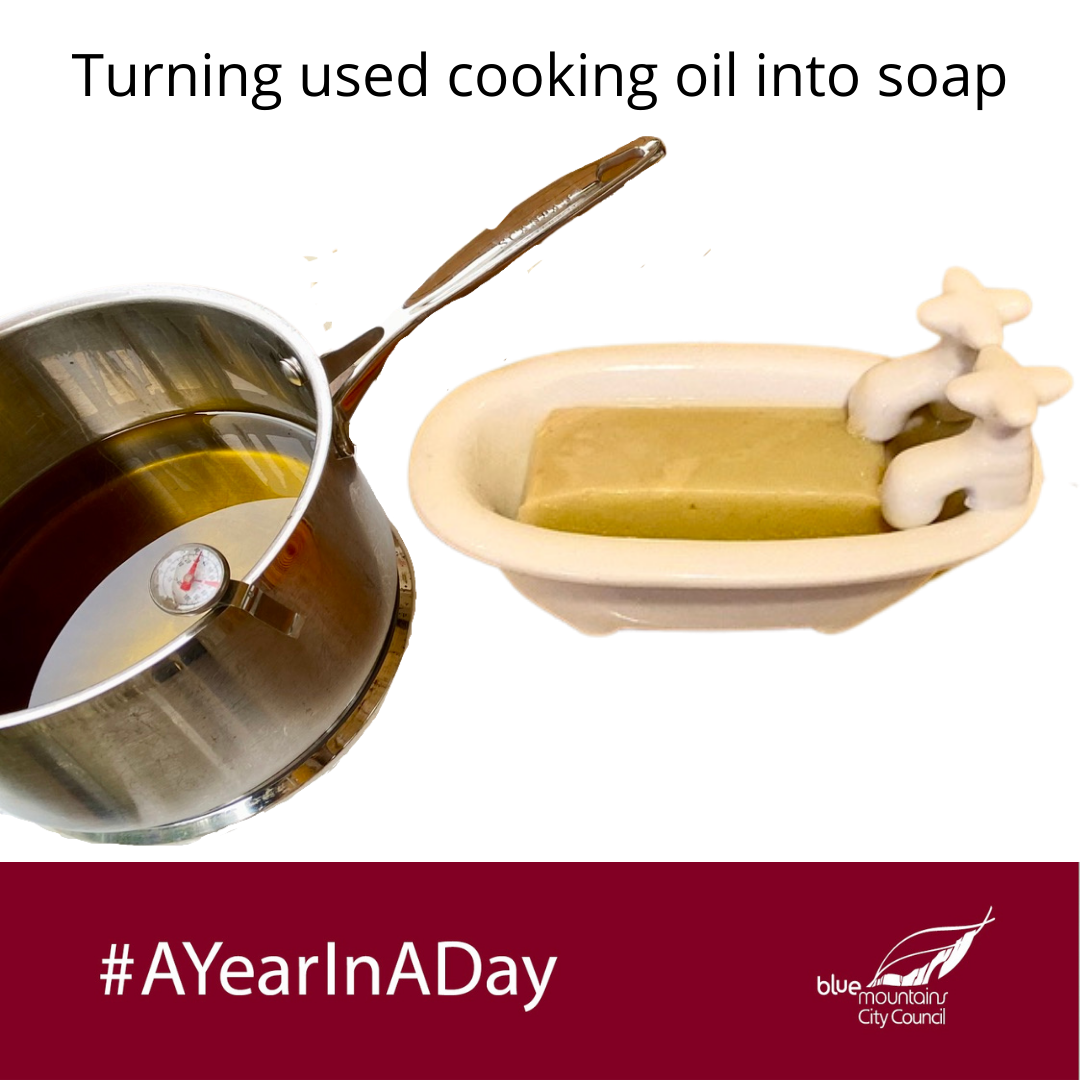
Start again!
As I continue to take steps to move towards a zero-waste life, on the 5th February I made an attempt to turn used cooking oil and ashes from the fire into soap. Sadly it didn’t work and ended up a greasy mess. I left it on a window ledge and walked away in disappointment.
Because my son came home for a visit this weekend we made his favourite hot chips and I was again confronted by the terrible waste of oil when you deep fry.
I decided to give soap making another go, but this time using commercial lye rather than ash (otherwise known as caustic soda or sodium hydroxide).
Before I started I decided to see if I could also salvage my first attempt by adding lye to it. To my surprise, 8 weeks on, the greasy goop I made in February had actually turned into soap after all! Not a hard soap, but real soap nevertheless. My action today was to salvage that soap and make an easier version that I’ll feel relaxed enough to replicate whenever I need to.
My new soap is now sitting in recycled long life carton moulds, but I won’t know for a day or two if I’ve succeeded in creating a hard soap this time … fingers crossed. These are the instructions I used. I didn’t have sodium lactate so just used ordinary salt.
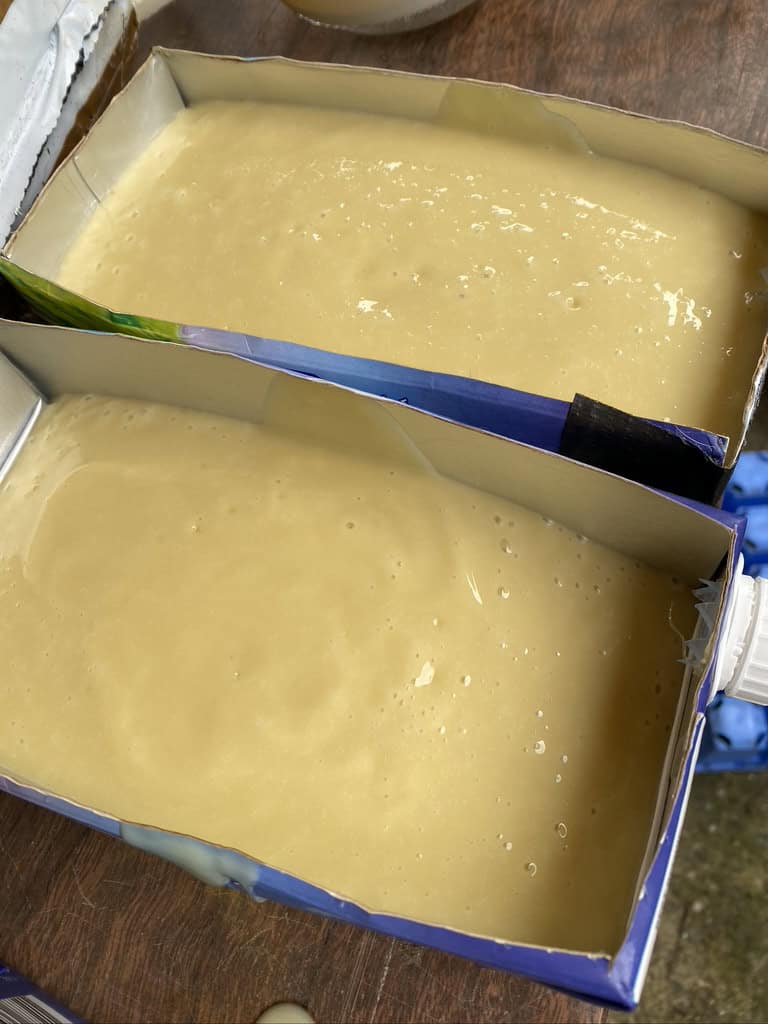
PLANT-BASED EATING: African pumpkin leaf curry
The Community Farm is currently overrun with pumpkin plants, so today I harvested lots of the tender tips to turn into African pumpkin leaf curry. I loved watching Thembi from KwaMashu in Durban make a batch here
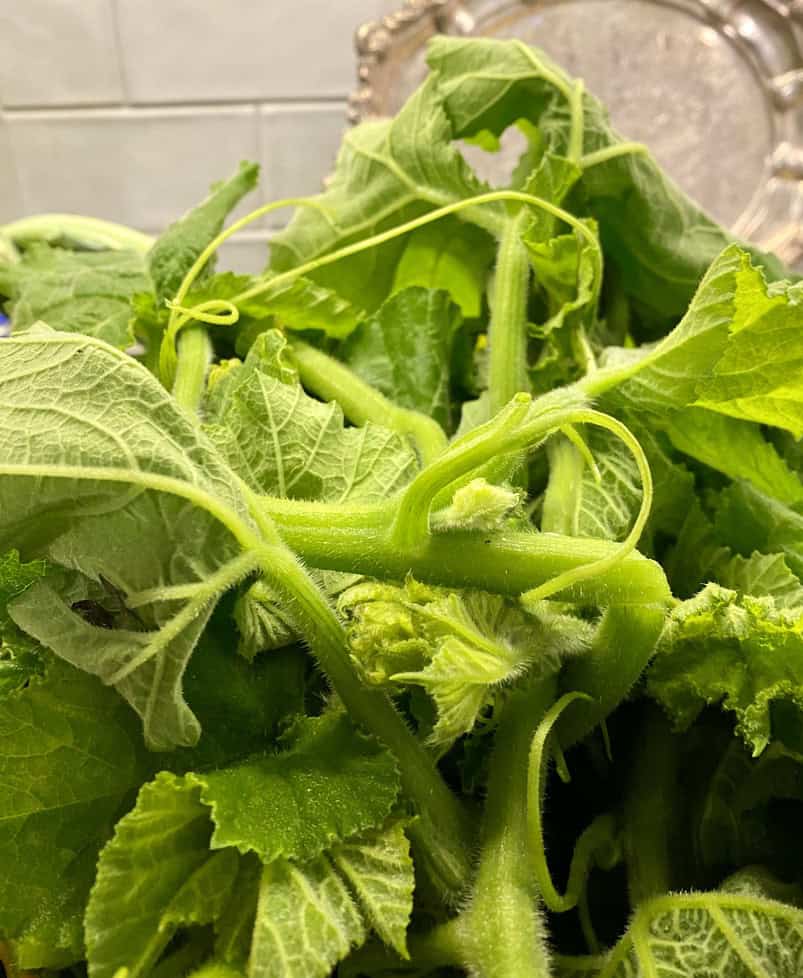
I just added a few locally grown tomatoes to her recipe, as well as my veggie stock powder that I dehydrated last week.
This photo is about half way through the cooking. It was just delicious over rice.
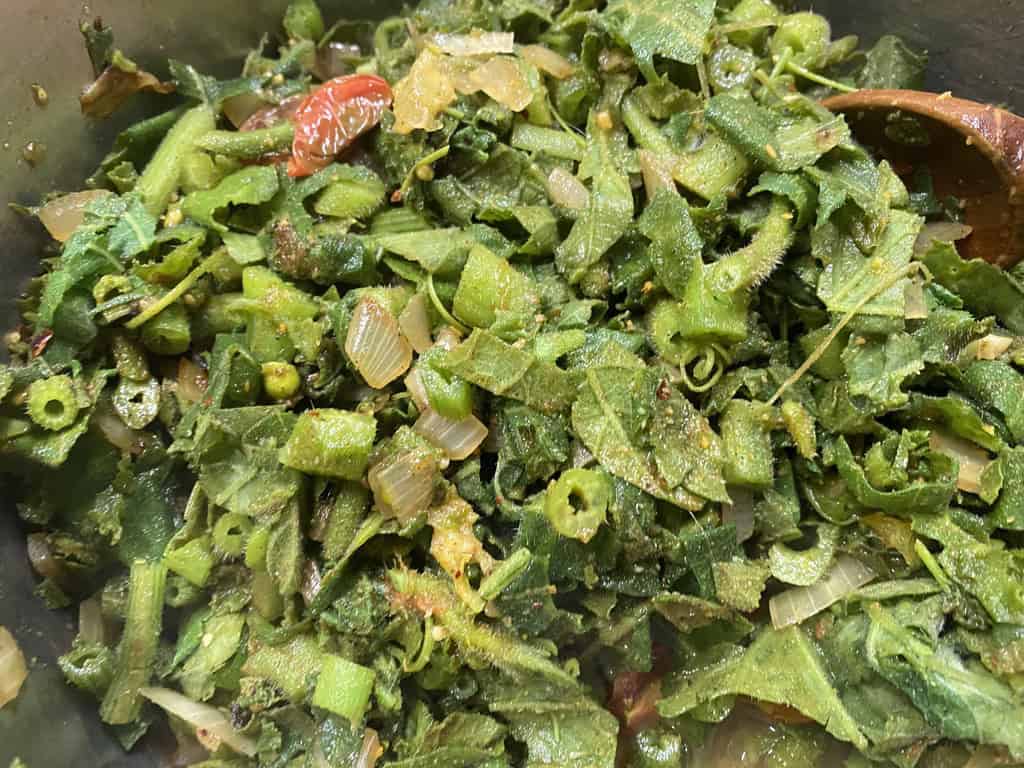
African pumpkin leaf curry

- 4 cups tips of the pumpkin vine, stems and leaves
- 1 cup fresh tomatoes, chopped
- 1 onion, finely chopped
- 2 garlic cloves
- 1 tbsp Ras El Hanout (Moroccan spice)
- salt and freshly ground pepper
- 2 tbsp coconut oil
-
Fry the onions, garlic and then add pumpkin leaves, tomato, Ras El Hanout, chilli flakes, salt and pepper. Stir well.
-
Cover and cook for ten minutes. Serve on rice.
Produce > Consume
Today at the Farm we harvested and planted parsnip seeds, and a variety of potatoes. The parsnip seeds were first grown by Ann Jolliffe, Australia’s first female animator who worked on the Beatles’ Yellow Submarine. They’re only viable for a year but we’ve kept Anne’s seeds growing for 17 years! The melting mammoth snowpeas I started in punnets were also planted out today.
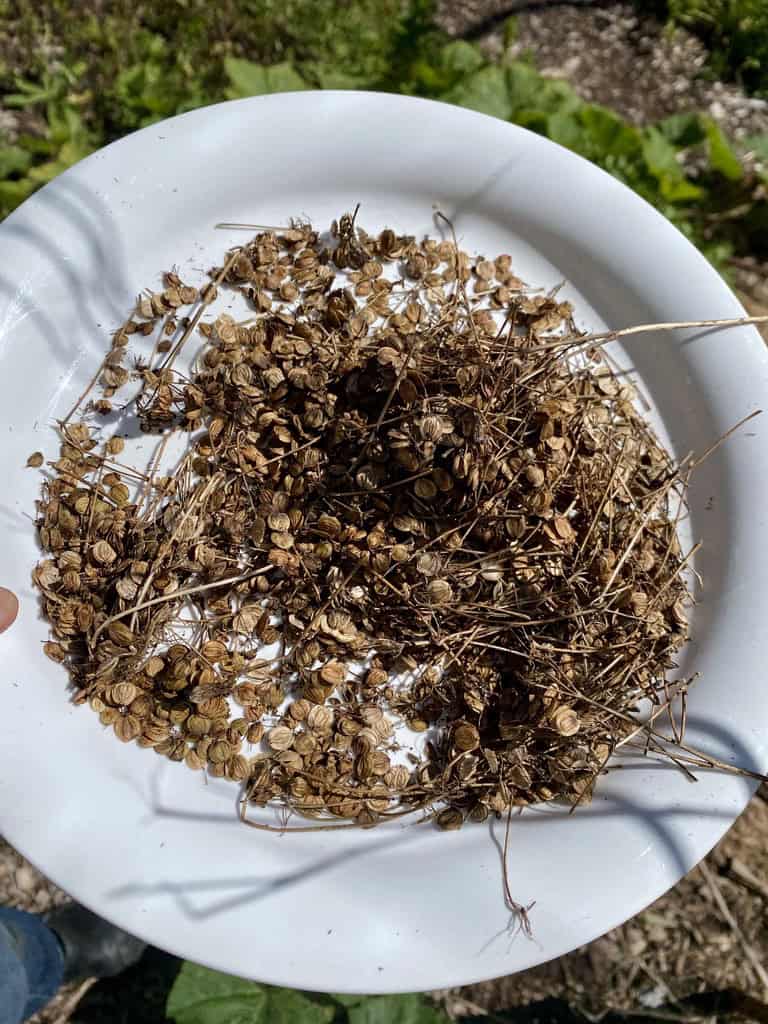
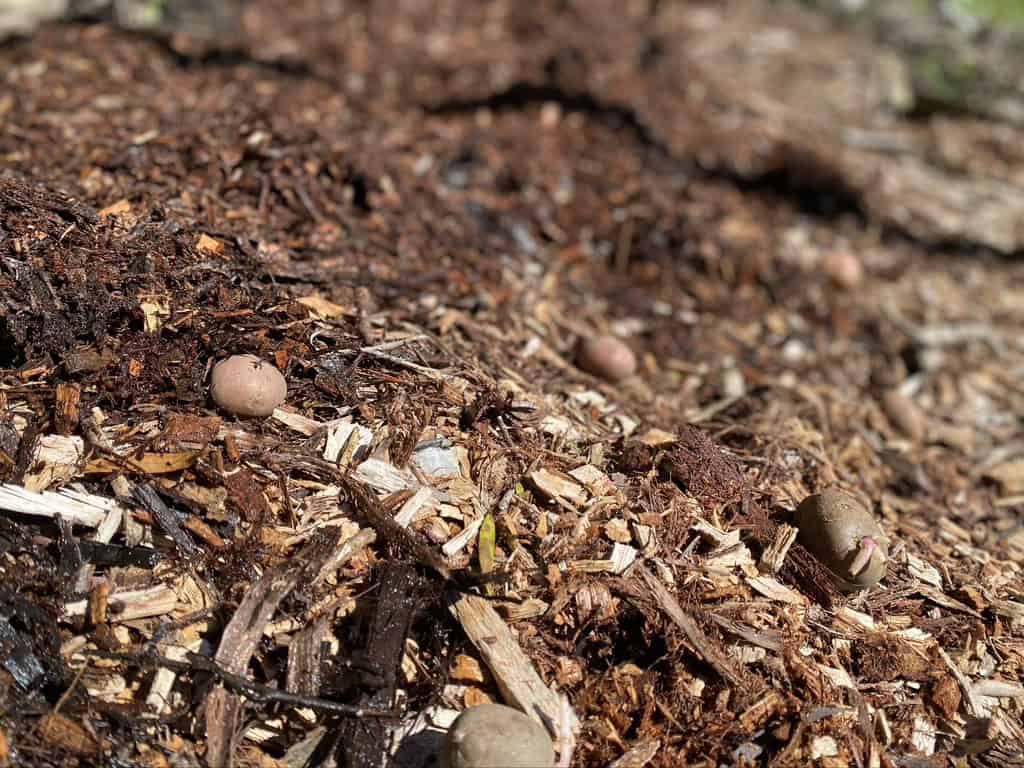
OUR HAVE YOUR SAY PAGE IS UP FOR WORLD HEALTH DAY IF YOU’D LIKE TO POST THE ACTION OR ACTIONS YOU’LL BE DOING ON 7 APRIL … you can post a photo too!
Share your action here: https://yoursay.bmcc.nsw.gov.au/world-health-day
The theme for World Health Day this year is Our Planet, Our Health – recognising that our health is totally dependent on the health of the earth’s natural systems.
We’re try to reach 365 actions in one day, the action of a whole year in a day, but we really really need your help. Would you consider doing and sharing one or more actions, and inviting everyone you know to join you, so that we can really show how serious we are about turning things around to create a healthier world.
Research by academics at Leeds University, engineering firm Arup and the C40 Cities climate group has identified that 73 per cent of all changes needed by 2030 to keep the world on course to meet the Paris agreement targets need to be made by governments and industry. But private citizens have considerable influence over the remaining 27 per cent. So let’s get cracking!

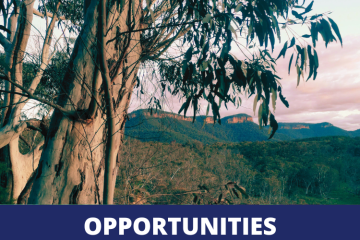
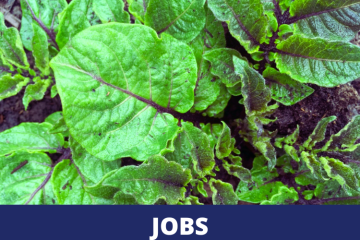
0 Comments